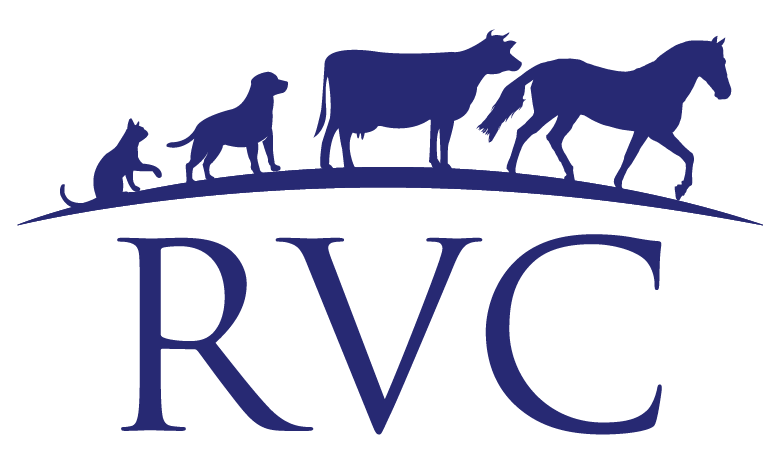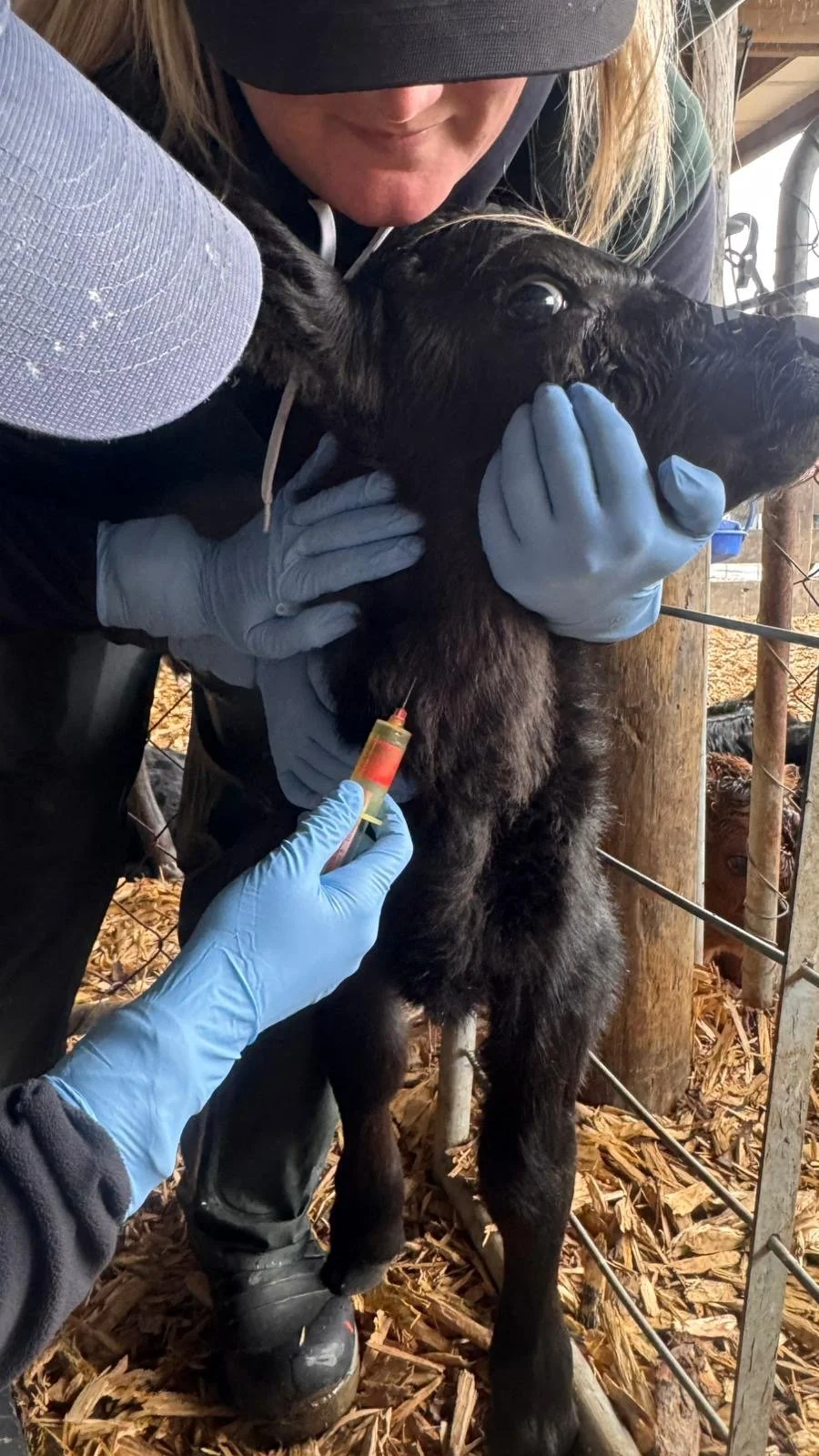Colostrum management and passive transfer
The bovine placenta does not allow the transfer of large immunoglobulin molecules (antibodies). New-born calves, therefore, have almost no antibodies and relies solely on passive immunity transferred from colostrum.
Adequate transfer of antibodies is associated with short- and long-term health advantages by reducing pre- and post-weaning mortality due to infectious disease and increasing daily gain, feed efficiency, fertility, and milk production in the first and second lactation. FPT therefore is responsible for a higher level of disease, longer rearing period and increased use of antibiotics in calves.
When we discuss COLOSTRUM MANAGEMENT, we think about the 5 Q’s
Percent immunoglobulin absorption from birth to 24 hours of age.
1.QUANTITY
Calves should receive 15% of their birth bodyweight of colostrum in the first 12 hours of life, over the first 2 feeds.
For the average kiwi-cross calf this would be 5 litres of colostrum split over the first 2 feeds (e.g. 3L tubed at the first feed and then 2L given at the second feed). At least the first feed should be tubed, so that you ensure the calf receives the total amount, and depending on the individual farm set-up, the second feed may be tubed or fed to the calf via a teat.
2.QUALITY
Not all colostrum is made equal; many factors can affect colostrum quality including cow genetics, dry cow nutrition and dry period length, first milking volume and immune status of the cow. With so many variables to consider, the only real way of knowing if a colostrum is any good is by testing it! The easiest and most effective way to do this is with a BRIX refractometer.
A Brix refractometer measures how much protein (antibodies, also known as IgG) is in a sample of fluid by how much it bends or distorts light. Whilst it may sound intimidating at first, this is an easy procedure that takes under a minute to perform and has no ongoing costs or delicate parts.
A reading of >22% can be considered ‘Gold colostrum’, while readings of <22% should be considered second tier. The level of IgG within a cow's colostrum reduces significantly after calving - about 3.5% per hour! So, getting that first milking from freshly calved cows ASAP will help to ensure more of your colostrum is hitting the 22% mark.
However, getting the colostrum from the cow is only half of the battle; colostrum degrades quickly when it is removed from the udder, so adequate preservation is paramount.
Rules for preserving colostrum:
When it comes to colostrum, cleanliness is above godliness. Contamination significantly degrades colostrum quality as the antibodies are used up on the contaminant, before they can be absorbed by the calf to develop the calf’s immunity. Contamination can come from dirty udders, non-sterile cups and collection buckets, and of course dirty storage buckets. Make sure all pieces of the system are thoroughly clean when collecting colostrum and ensure storage buckets have lids.
At room temperature, bacterial populations can double every 20-30 minutes so even small amounts of contamination can turn gold colostrum into less than adequate transition milk within a few hours. Refrigerating colostrum will extend the shelf life to 48 hours (about 2 days). Whereas adding potassium sorbate and refrigerating samples will allow colostrum to last for up to 7 days.
Only mix ‘like with like’ colostrum i.e. Gold colostrum should only be mixed with other Gold colostrum collected on the same day. Mixing Gold colostrum and second-tier colostrum only creates more second-tier colostrum.
Frozen colostrum will store almost indefinitely but needs to be thawed gently with warm water. Heating too quickly will cook the valuable antibodies and render them useless.
All colostrum should be warmed to >20 degrees C (but no higher than 38 degrees C) prior to feeding. Feeding warm colostrum (and then milk) optimises gut mobility, increases gastric juices and increases protein digestibility.
3.QUICKLY
Calves are born with no antibodies (hugely important molecule required for immunity), and they rely entirely on colostrum (and the IgG antibodies in it) for their immunity in the first few weeks of life. To make things tricky, as can be seen in the graph below, their ability to absorb these antibodies decreases dramatically over the first 24 hours of life. The most significant (and eye-opening) point being that by 12 hours of age only 5% of antibodies being fed are absorbed by the calf!
Therefore, all calves should receive their required volume of colostrum (15% birth bodyweight over 2 feeds) within the first 12 hours of life.
4.SQUEAKY CLEAN
Strict hygiene practices should be implemented when handling fresh cows and colostrum. If the udder is filthy, then the teats should be gently cleaned and allowed to drip dry before collection. A pre-teat spray using an iodine-based product (1:4) is also strongly recommended. Squeaky clean collection buckets and storage buckets should be used, and storage buckets should also have a sturdy lid to prevent contamination.
Wash hands and wear gloves whenever handling colostrum (collecting, storing or feeding) to avoid contamination.
All equipment should be cleaned between animals (a warm, soapy water and bleach mixture is a cost-effective and suitable option). Ensure that after being cleaned all equipment is flushed with warm water and allowed to air dry (if time allows).
5.QUANTIFY
This is best done by testing the passive transfer of calves to determine their level of antibodies. This gives an indication of how well colostrum is being managed and fed to the newborn calves, and how good their immunity is as a result.
This is done by collecting blood samples from 12 calves within the first 7 days of life. Ideally, at least 2 samples should be taken throughout the season – one at the beginning of the season and one mid-season.
* This can be done by our wonderful tech team at the time of disbudding! *
For further advice or any questions, please give us a call.



